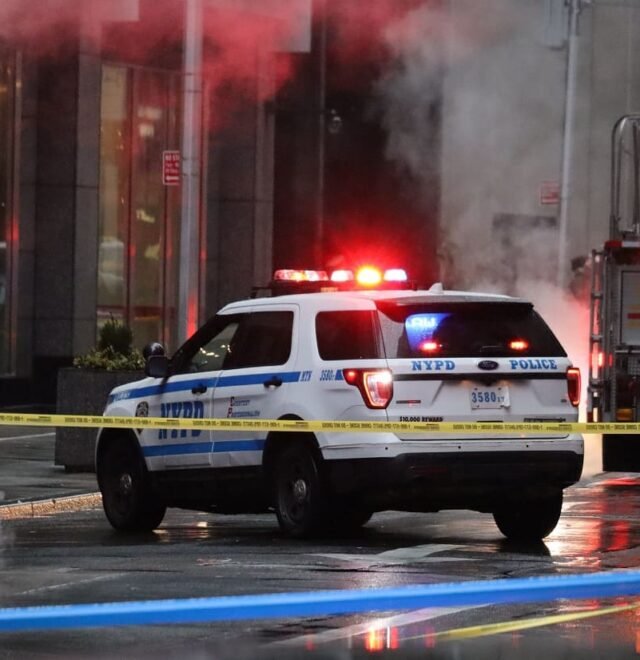Antisocial Behaviour
What is antisocial behaviour?
Antisocial behaviour is defined as “behaviour by a person which causes, or is likely to cause, harassment, alarm or distress to one or more persons not of the same household as the person”.
But what does this mean? Find out more about how we classify antisocial behaviour and the many activities that it covers.
What constitutes antisocial behaviour?
There are three main categories for antisocial behaviour, depending on how many people are affected:
- Personal antisocial behaviour is when a person targets a specific individual or group
- Nuisance antisocial behaviour is when a person causes trouble, annoyance or suffering to a community
- Environmental antisocial behaviour is when a person’s actions affect the wider environment, such as public spaces or buildings

This covers vehicles that appear to have been left by their owner, rather than stolen and abandoned. It includes scrap or ‘end of life’ vehicles and those damaged at the scene of a road traffic collision that have been abandoned and aren’t awaiting recovery.
This relates to vehicles being used in acts such as street cruising (driving up and down the street causing annoyance and bothering other road users), vehicle convoys and riding or driving on land other than a road. It also covers the misuse of go-peds, motorised skateboards and electric-propelled cycles, and the unlicensed dealing of vehicles where a person has 2 or more vehicles on the same road within 500 metres of each other.
This refers to general nuisance behaviour in a public place or a place to which the public have access, such as private clubs. It does not include domestic-related behaviour or public disorder which should be reported as crimes.
This covers any rowdy behaviour or general nuisance caused by neighbours, including boundary and parking disputes. It also covers noise nuisance from parties or playing loud music.
This includes fly posting and discarding litter, rubbish or drugs paraphernalia in any public place.
This covers any situation where animals are creating a nuisance or people’s behaviour associated with the use of animals is deemed as antisocial. It includes uncontrolled animals, stray dogs, barking, fouling and intimidation by an animal.
